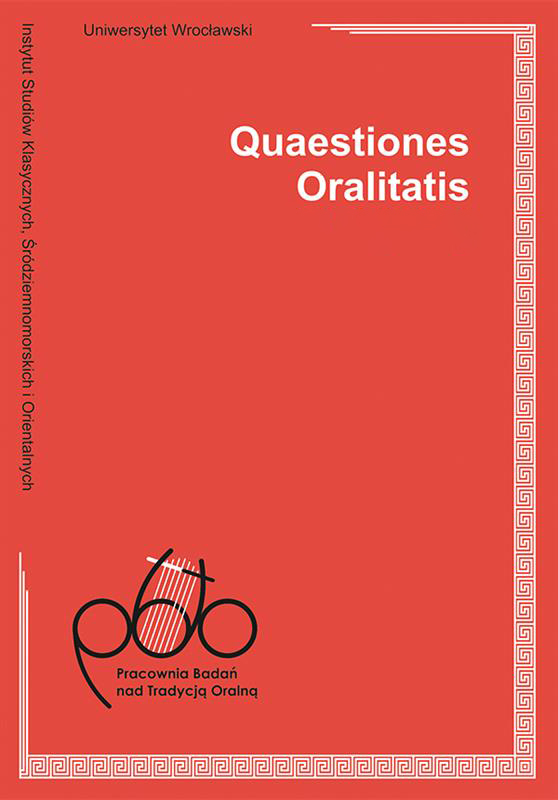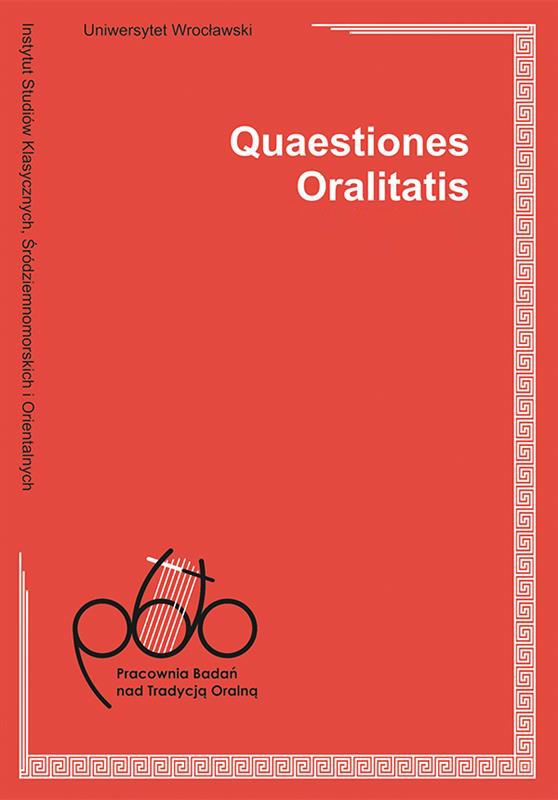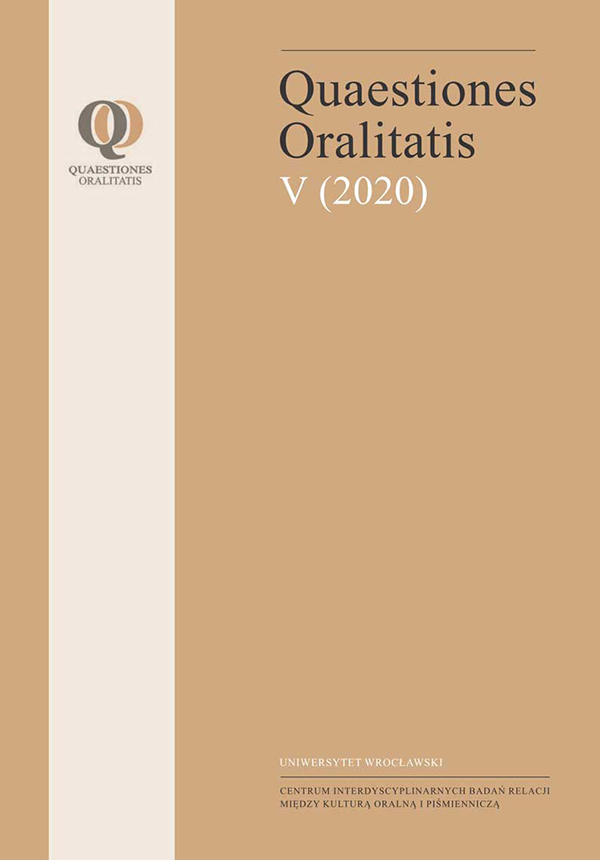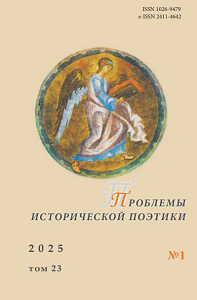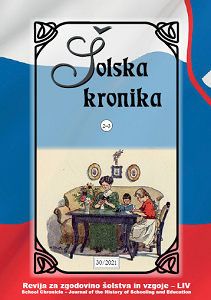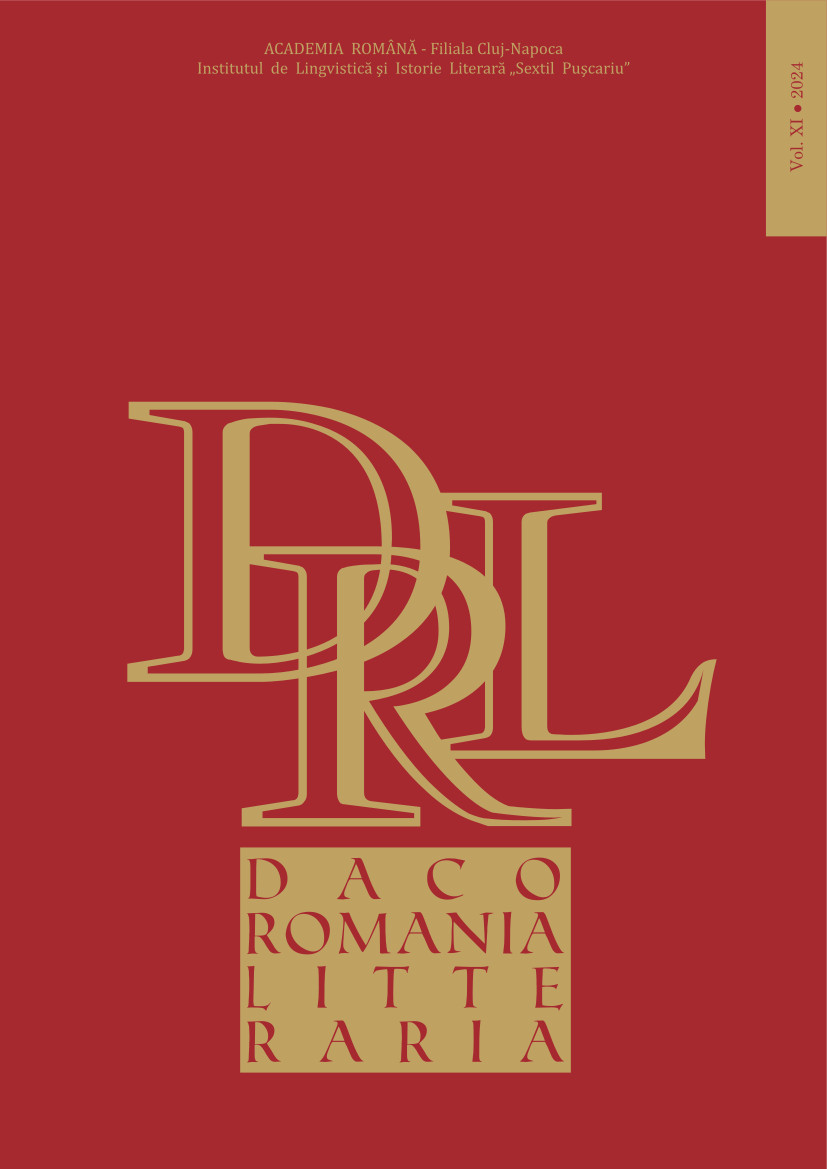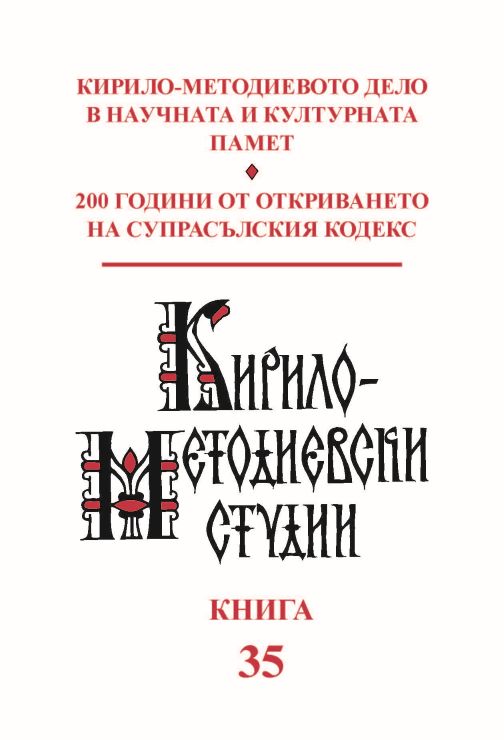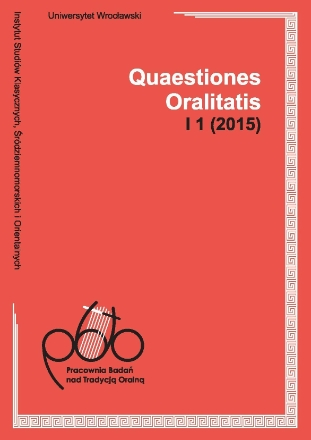
Homerowa kreacja sylwetek kobiet w kontekście tradycji ustnej
Homer had not only a great skill in characterizing figures in the Iliad and the Odyssey but also a great psychological sensitivity – he was able to penetrate the psychai of his characters. Because Homer mostly makes use of indirect ways of description – he asks his characters to describe themselves through words and actions and uses other characters to express opinions about the main heroes and heroines – the question arises as to what part the oral epic tradition played in the Homeric construction of female characters. I will attempt to explain the Homeric art of describing characters with reference to the techniques and achievements of cognitive psychology and cognitive linguistics.In addition to their typical features the main heroines also have individual features which are peculiar usually not to women but to men. Homer as one of oral poets or one of their already literate descendants had knowledge of a tradition of epic poetry and knew how to attract the attention of audiences. He was aware that the discourse of men and women to whom he had given speaking roles in his tales was different. Men use verbal acts that we associate with dominance. For instance, the rebuke is a form of speech used more often by men than women, so we find the sole example in the Iliad of a woman who rebukes her husband. This woman is Andromache, the appalled and desperate wife of Hector (Il. VI 431–434).The Homeric depiction of characters depends in part on the techniques of oral composition. Recurrent epithets, formulas and typescenes which are based on patterns for routine, everyday events and verbal behaviour, contain a great deal of information about the typical and individual features of Homeric heroes and heroines. Oral poet used these patterns, termed by Roger Schank and Robert Abelson as ‘scripts’, as a prompt, because knowledge of scripts falls into the category of implicit knowledge.
More...
